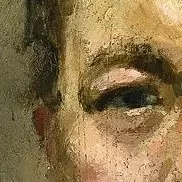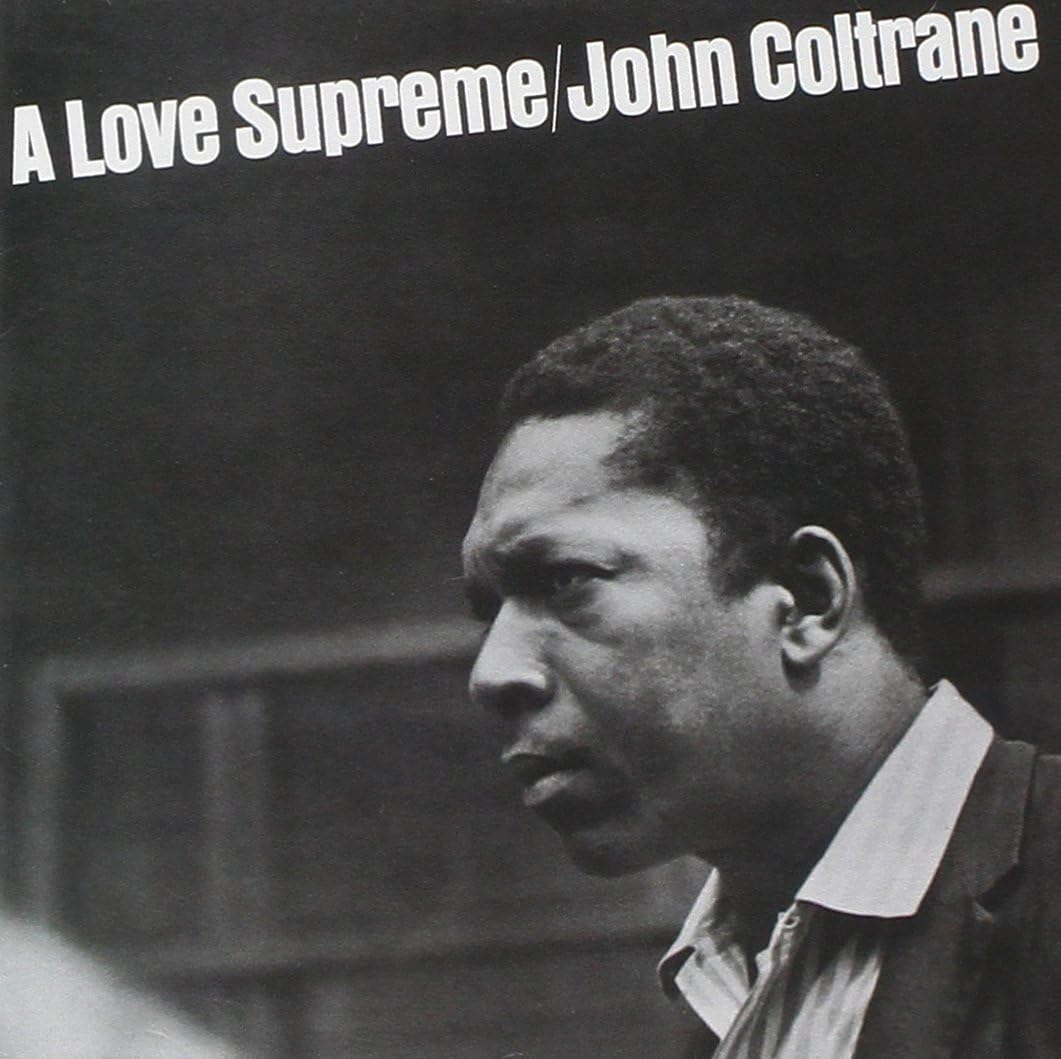- 548 Posts
- 541 Comments
The cherry blossom’s impermanence – its transience – is why we appreciate it.
Or, ya know, like, whatever.
Let’s just stick with this version, eh

 8·4 个月前
8·4 个月前You know the songs on Spotify are not yours, right? You were just renting them?
I’m not saying you shouldn’t try to collect them now for use in Navidrome, but calling them “your songs” is just grating on me for some reason.
Also, I am a Spotify subscriber and just now tried to use yt-dlp with it but got this error:
ERROR: [DRM] The requested site is known to use DRM protection. It will NOT be supported. Please DO NOT open an issue, unless you have evidence that the video is not DRM protected
:(
Hmklm, yeah, from my lemmee account I also see no posts. But the posts are there on piefed.
Maybe it takes time to federate?
@rimu@piefed.social is the rock star here, doing all the work. But yep, see you on the other side.
I’m moving my account there too if that matters – https://piefed.social/u/perishthethought

 6·4 个月前
6·4 个月前Damn. You could hack into so many mainframes with this!

 1·4 个月前
1·4 个月前New record for me on medium.
#ShikakuOfTheDay #EASY250606 ⏱️ 00:10.06 #MEDIUM250606 ⏱️ 00:47.93 https://shikakuofthe.day/
Great to read the story from Adventure Log’s author. I just installed that app and I’m looking forward to trying to help improve it.
Stay classy, San Diego
… with some nice fava beans… flutter flutter flutter flutter
Sweet! I will check it out

 7·4 个月前
7·4 个月前Thanks to @rimu from piefed.social for making this so easy!
Yep, cool. I’m going through some stuff rn but will get something done when I can.
Not set yet. Any preference?
Will do, thanks.
You can see how the community looksi n piefed already - it’s got a great “wide tile” view I like a lot!
Yeah. But thanks for all the great posts, eh. Really appreciated all the good flicks you shared.















Hey just so you know, the mod here is AWOl but we’ve moved the community over here, since lemm.ee goes offline in 2 days:
!artporn@piefed.social